Diseases of dahlias and their treatment
Diseases of dahlias are divided into:
Fungal diseases
Of the diseases that affect dahlias, fungal diseases are the most common.Dense plantings with a lack of air ventilation and excess humidity due to prolonged rains or excessive watering, overfeeding with nitrogen fertilizers are the main causes of the development of fungal diseases.
Gray rot
Description of the disease: gray rot (botrytis) begins with the appearance of brown spots on leaves that dry out. Peduncles become bent, buds do not open and dry out. The plant is covered with a gray coating. Blooming flowers become covered with watery spots and rot. Tubers are also affected by the disease.
Treatment of the disease: Damaged parts of the plant are cut off and burned, the bushes are treated with fungicides (soap solution of copper sulfate, foundation, topsin, etc.), the tubers are treated with a solution of potassium permanganate (potassium permanganate) before storage.
Leaf spot
Description of the disease: Leaf spotting appears as yellow-green spots on the leaf blades, which blur and turn brown.
The reason is the dense planting of dahlias.
Treatment: destruction of affected leaves, treatment of bushes with copper-containing fungicides (copper sulfate, oxyhydroxide), and foundationazole.
White rot
Description of the disease: white rot (sclerotinia) affects the stems of dahlias. Brown spots appear on the shoots and subsequently a white fluffy coating with dark sclerotia. The shoots wither. On tubers, the disease appears during storage.
Sclerotia remain in the soil for more than five years.
The spread of white rot is facilitated by heavy acidic soils, waterlogging, and dense planting with poor ventilation.
Control measures: cut off and destroy affected shoots, lime the soil.
Fusarium
Description of the disease: Fusarium affects the tubers and roots of the plant.The stems at the bottom rot and become covered with a pinkish coating. The bush withers and dies.
Treatment of the disease: destruction of diseased plants and tubers, treatment with foundationazole or Bordeaux mixture. Do not plant dahlias in this place for 3-4 years.
Blackleg
How the disease manifests itself: blackleg affects young plants at the beginning of the growing season. The stems at the bottom darken, become thinner and the plant dies.
Treatment of the disease: soil treatment before planting with a solution of potassium permanganate, phytosporin.
Viral diseases
Viral diseases pose the greatest danger; these dahlia diseases cannot be treated. Pathogenic viruses are transmitted by insects carrying cutting tools that were used to treat an infected plant. Diseased plants need to be dug up and burned. Treat the soil with quicklime. Do not plant dahlias in this place for four years.
Viral mosaic
How the disease manifests itself: light, shapeless spots appear on the leaves of the diseased plant, looking like a mosaic. Subsequently, the leaves wrinkle, the stems become fragile, and the flowers are small and ugly.
Oak mosaic
Description of the disease: light green lines resembling an oak leaf form on the leaves of a diseased plant. Sick bushes are underdeveloped and flowering is poor.
Ring spot
How does the disease manifest itself?: Pale green oval spots appear on the leaf blades. The affected tissues die. The plant develops poorly and flowering stops.
Bacterial diseases of dahlias
These dahlia diseases cannot be treated; plants and tubers affected by bacterial diseases are dug up and burned. The soil is treated with copper sulfate, lime, and a solution of potassium permanganate.Dahlias should not be planted in this area for up to five years.
Bacterial cancer
White growths form on the roots and tubers, in the lower part of the stem. Subsequently, these growths darken and rot. Sick bushes develop poorly and bloom poorly. The bacteria survive in the soil for up to five years.
Regrowth cancer
With this disease, dahlias develop many thin roots, and many short shoots grow on the root collar. Tubers do not develop in such plants.
Pests of dahlias and ways to combat them
Aphid
Description of the pest: aphids settle in colonies on the undersides of leaves and tender young shoots, sucking out the juices of the plant. As a result, the leaves and shoots become covered with a sticky coating, turn yellow and become deformed. In addition, aphids are carriers of various diseases.
Control measures: Dahlia bushes are sprayed with infusions of garlic, onion peels, and a soap-ash solution. In case of severe damage, the drugs Decis, Fitoverm, Aktara, etc. are used.
Nemotodes
Description: nematodes are small (1-2 mm) worms. The leaf nematode infects leaf tissues, which turn brown and dry out. Stem nematode attacks stems, leaves and flowers. Thickenings appear on damaged dahlia shoots. All affected leaves, flowers and stems become deformed, turn brown and dry out. Plants die. Nematodes are dangerous pests of dahlias.
Control measures: bushes are dug up and burned. Means for the destruction of nematodes: phosphamide, karbofos, methyl mercaptophos. Biological products help well: Ecogel, Nematophagin BT.
Thrips
Thrips are microscopic sucking insects that damage leaves by sucking out plant sap. A silvery coating appears on leaves damaged by thrips. They turn yellow and dry out.
Methods of pest control: repeated treatment of affected plants with insecticides: Aktara, Aktellik, Fufanon, etc. Spraying is carried out with a week break.
Scoops
Cutworms - butterflies lay eggs on the underside of leaves, from which voracious caterpillars hatch. They chew leaves, stems, and flower petals.
Control measures: caterpillars can be collected by hand. When the number of dahlias is large, they are sprayed with chlorophos, karbofos, rotor, etc.
spider mite
This dahlia pest settles on the underside of leaves, entwining them with cobwebs. Affected leaves turn yellow and dry out.
How to fight: spraying with cold water. In case of severe damage, treatment with infusions of garlic or tobacco helps.
Slugs
Slugs love to feast on succulent dahlia leaves and flower petals, causing significant harm.
Ways to fight: traps with bait, boards, and pieces of slate are laid out on the site. Slugs love to hide in such places. In the morning you can collect them and destroy them. Mulching the soil around the bushes with ash, coarse sand, and eggshells helps. The rough surface makes it difficult for these gastropod pests of dahlias to move.
Other useful articles about dahlias
- Varieties of perennial and annual dahlias. On this page you can get acquainted with the most different types of dahlias. There are small ones (which can be planted in pots or on the balcony), and there are large and simply huge ones.
- Growing perennial dahlias. Detailed recommendations on choosing a location, planting dates, preparing tubers, growing seedlings and much more.
- How to grow annual dahlias. Annual dahlias can be grown from seeds. They will bloom all summer, will cost you much less, and you can change varieties every year.
- When to dig and how to save tubers. Dahlias must not only be dug up in time, but also preserved during the winter. How best to do this in an apartment, read this article.
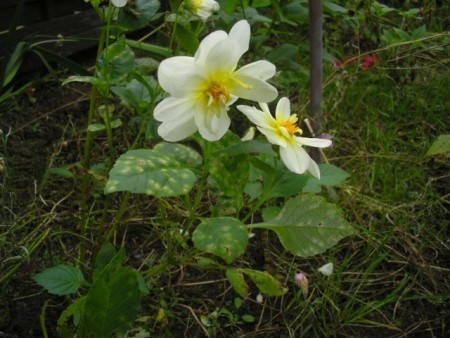
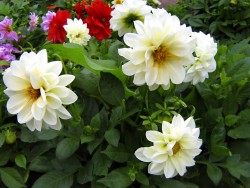
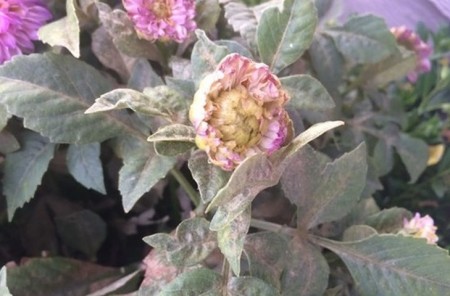
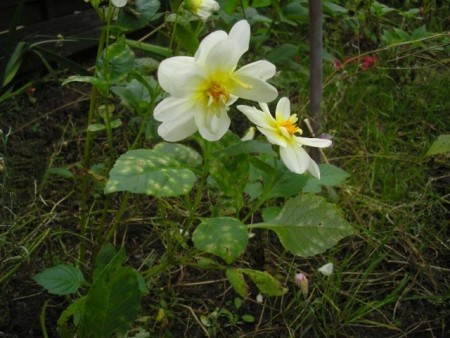
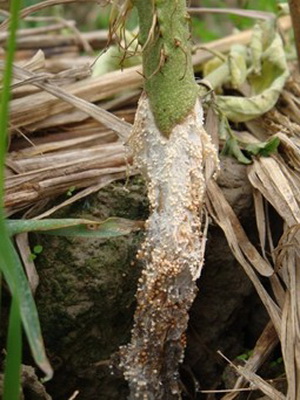
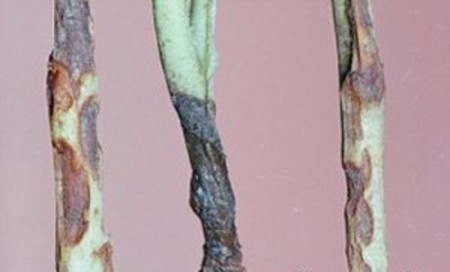
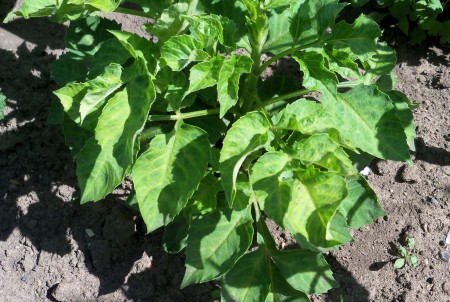

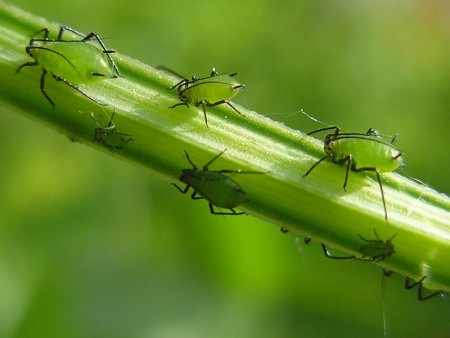
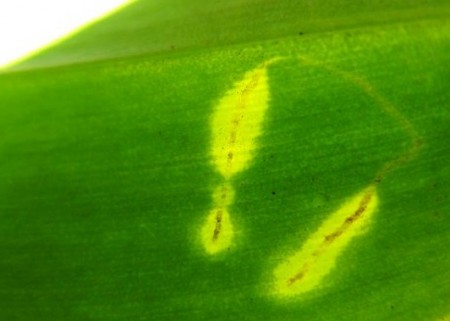
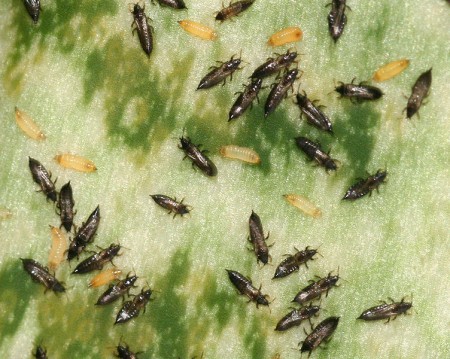
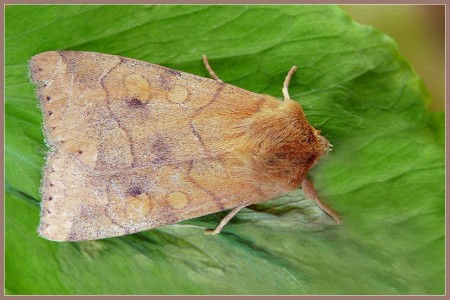
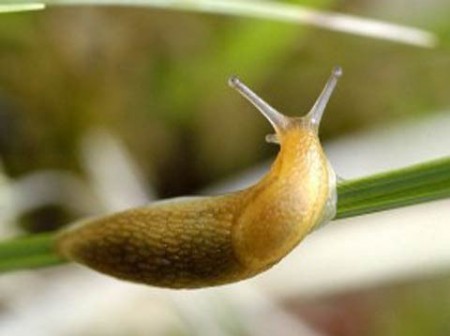


 CUCUMBERS NEVER GET SICK, I'VE BEEN USING ONLY THIS FOR 40 YEARS! I SHARE A SECRET WITH YOU, CUCUMBERS ARE LIKE THE PICTURE!
CUCUMBERS NEVER GET SICK, I'VE BEEN USING ONLY THIS FOR 40 YEARS! I SHARE A SECRET WITH YOU, CUCUMBERS ARE LIKE THE PICTURE! You can dig a bucket of potatoes from each bush. Do you think these are fairy tales? Watch the video
You can dig a bucket of potatoes from each bush. Do you think these are fairy tales? Watch the video
 How our fellow gardeners work in Korea. There is a lot to learn and just fun to watch.
How our fellow gardeners work in Korea. There is a lot to learn and just fun to watch. Eye trainer. The author claims that with daily viewing, vision is restored. They don't charge money for views.
Eye trainer. The author claims that with daily viewing, vision is restored. They don't charge money for views. A 3-ingredient cake recipe in 30 minutes is better than Napoleon. Simple and very tasty.
A 3-ingredient cake recipe in 30 minutes is better than Napoleon. Simple and very tasty. Therapeutic exercises for cervical osteochondrosis. A complete set of exercises.
Therapeutic exercises for cervical osteochondrosis. A complete set of exercises. Which indoor plants match your zodiac sign?
Which indoor plants match your zodiac sign? What about them? Excursion to German dachas.
What about them? Excursion to German dachas.